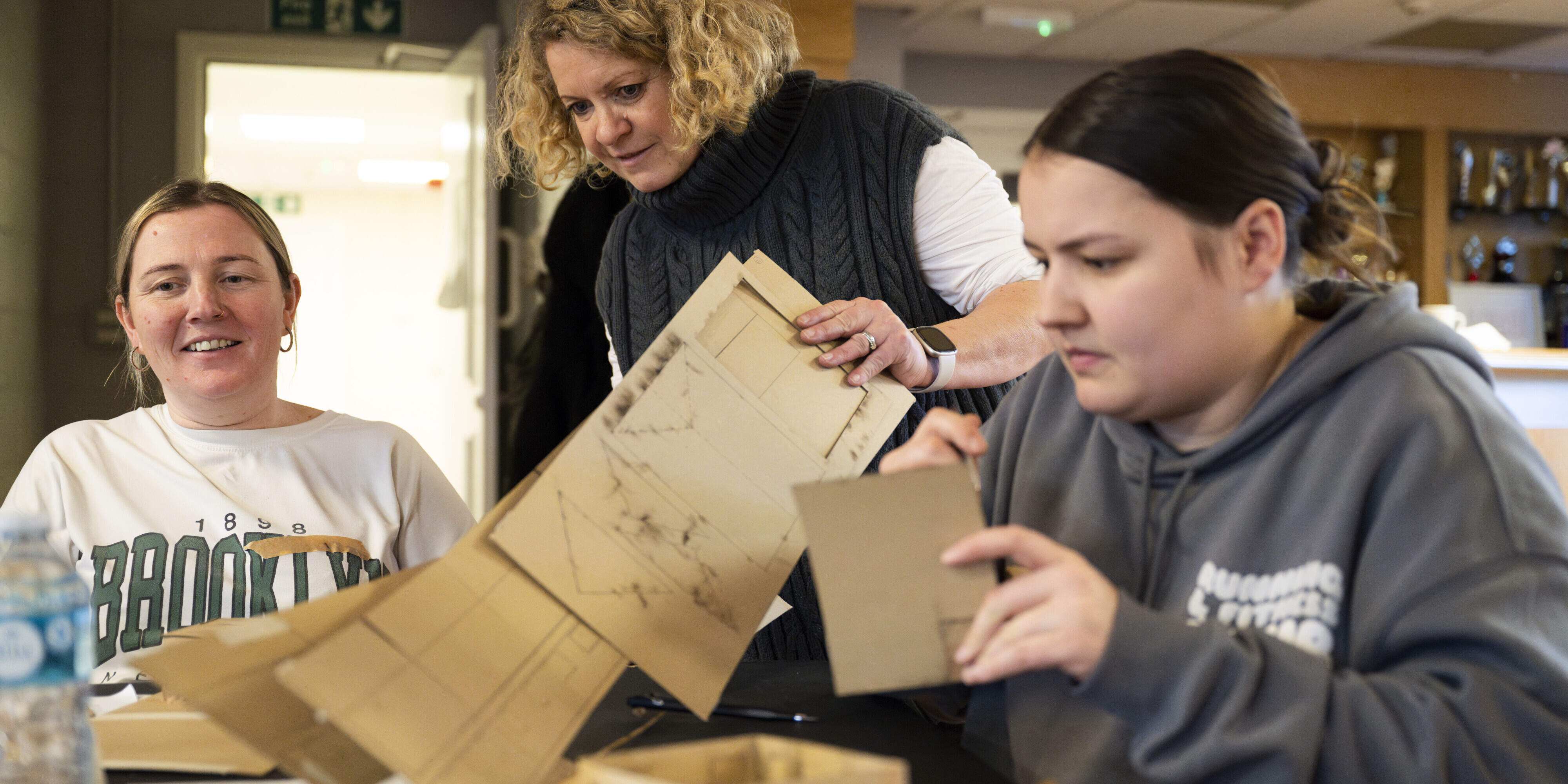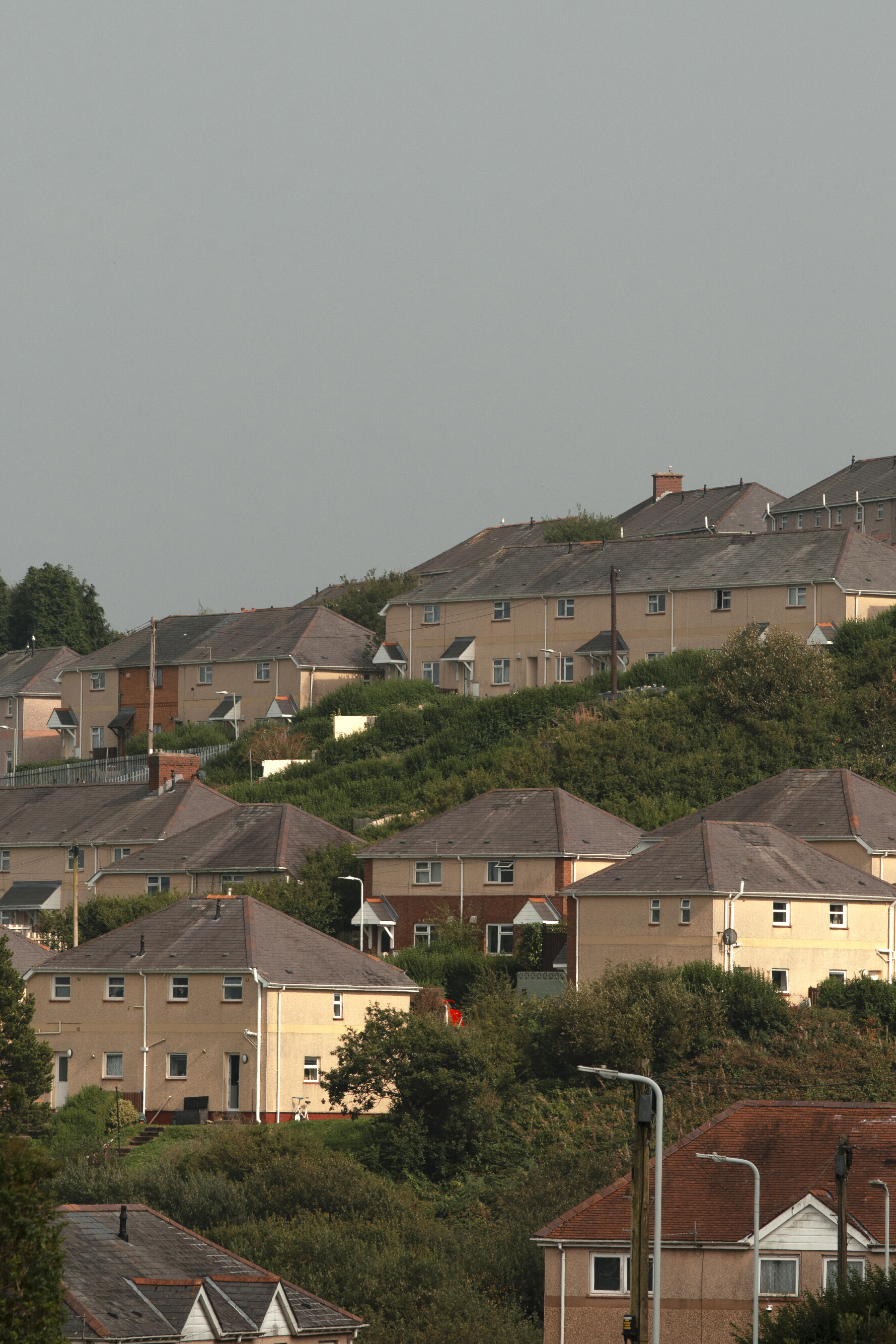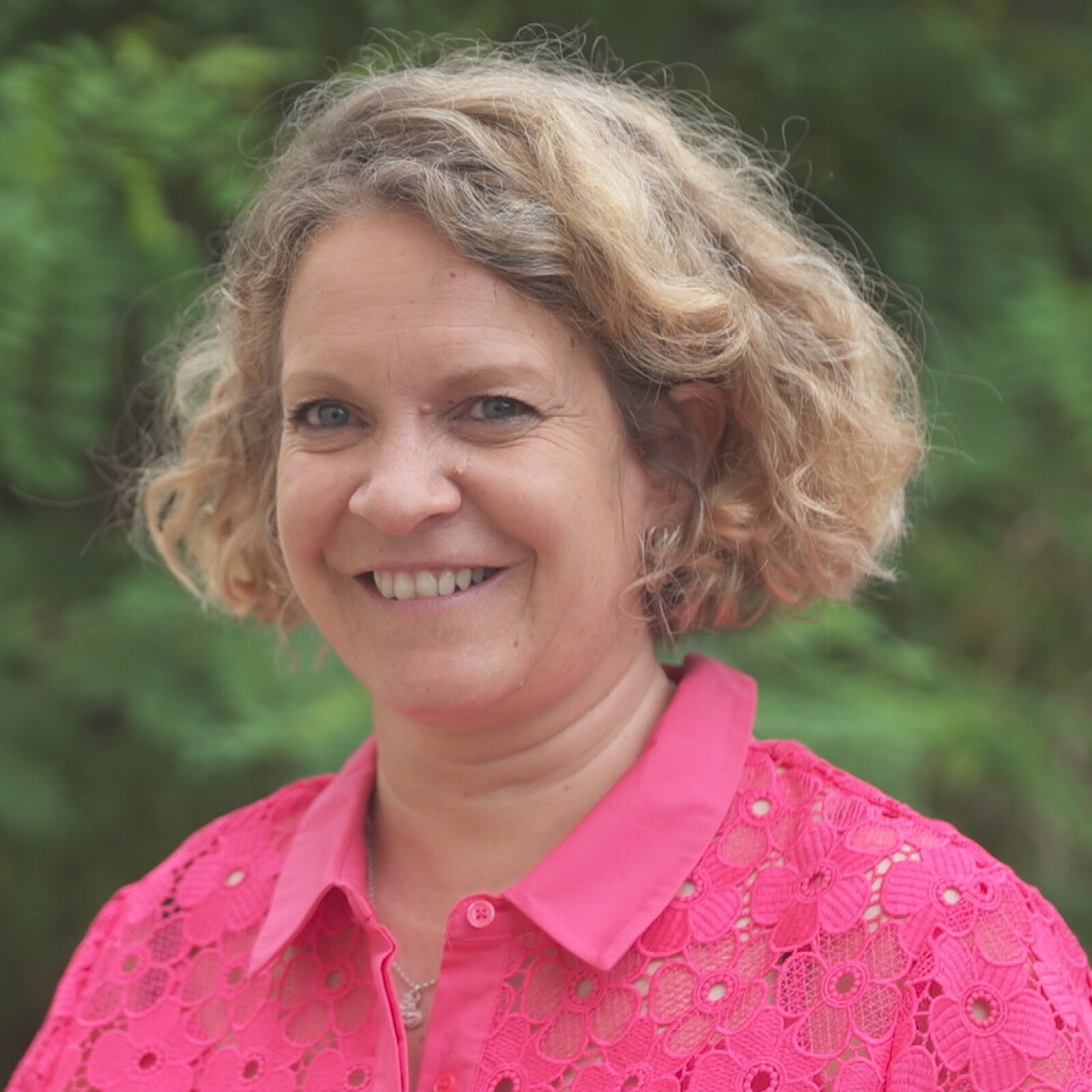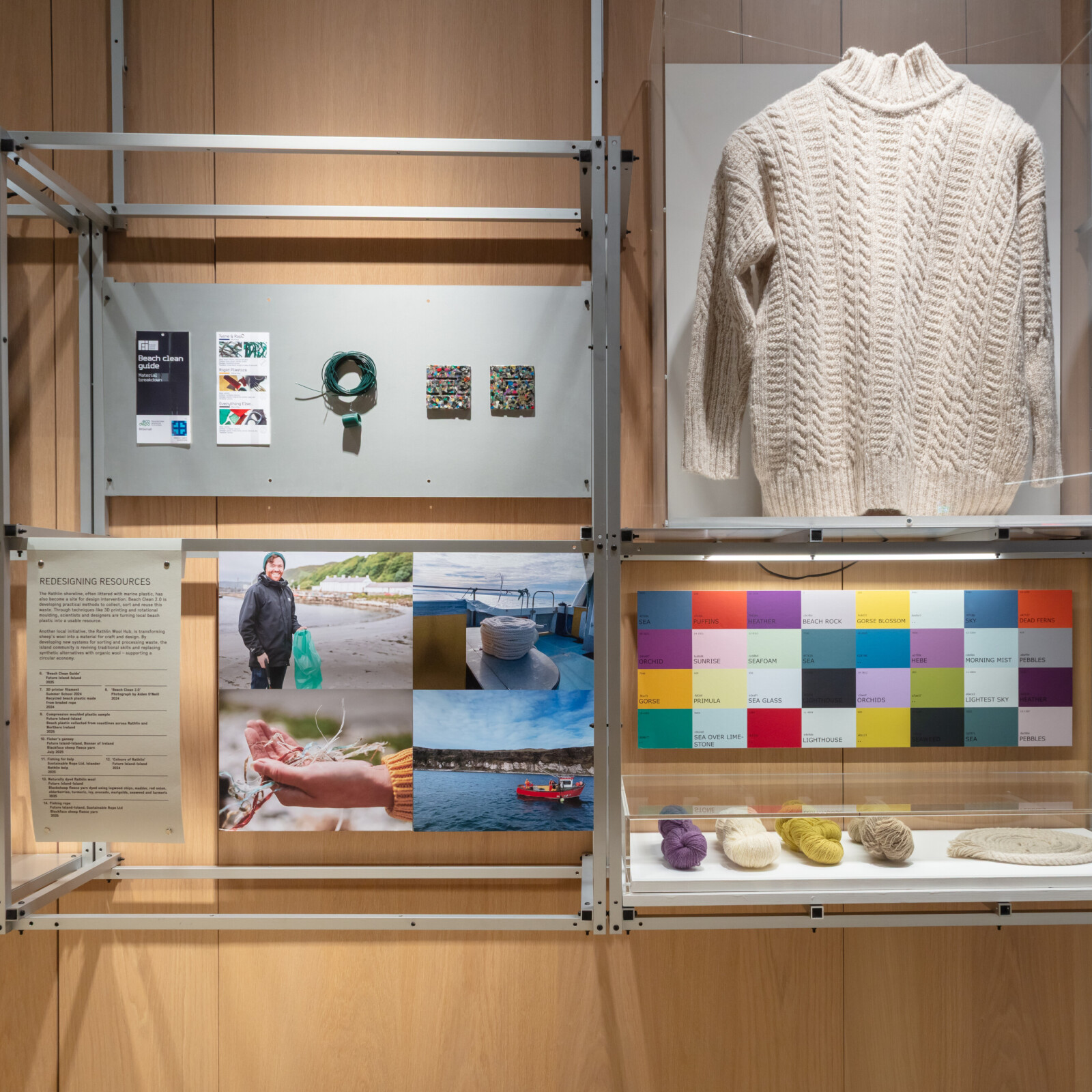For the latest of our interviews with Future Observatory researchers, we spoke to Jo Patterson, the Director of Transforming Housing and Homes for Future Generations.
The project is a Green Transition Ecosystem run as a regional partnership between GW4 universities Bath, Cardiff, Bristol and Exeter and businesses, local authorities and community groups.
Green Transition Ecosystems (GTEs) are large scale projects that focus on translating design-led research into real-world application.
In conversation with Future Observatory coordinator Pippy Stephenson, Jo shares her account of their work that broadens the scope of improvements to housing beyond retrofitting.
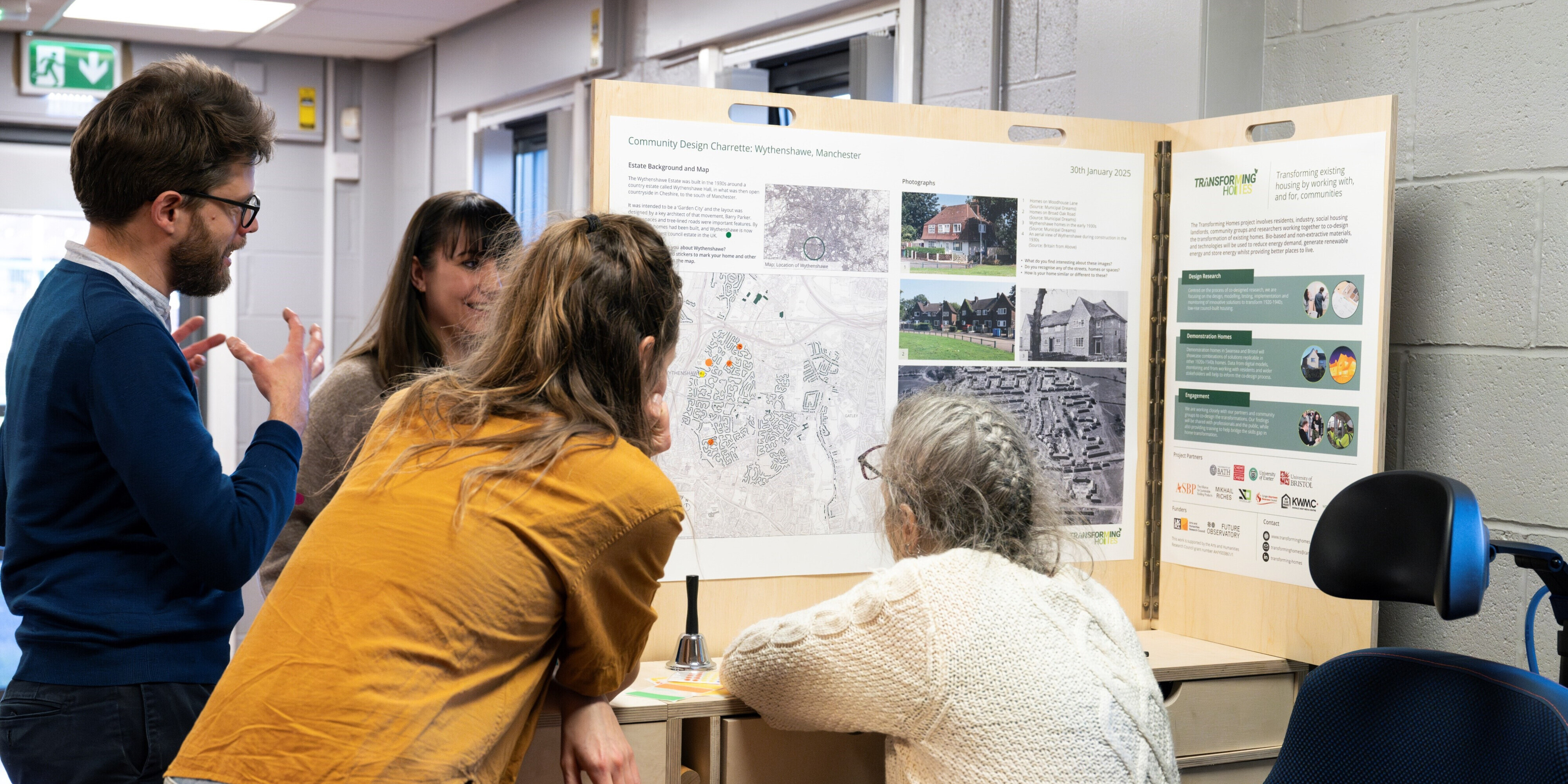
PS
Could you introduce yourself?
JP
I am a Professor from the Welsh School of Architecture at Cardiff University. I have been researching sustainability for the last 30 years, with a focus on integrating low carbon technologies and solutions into the built environment. I work closely with the people that need to be involved in the whole process, particularly social housing residents, supply chains, local governments and the social housing sector, to make a difference from the bottom up rather than from the top down.
As a result of this work the team at the Welsh School of Architecture has made a big difference to the housing stock in Wales, for both new build and existing housing. That is how I came onto the Transforming Homes project, of which I'm now Director. The project is about transforming homes rather than just retrofitting them.
PS
What is the difference between retrofitting and transforming?
JP
My personal take on retrofit has always been around the energy side of things. I think people are widening the scope of what retrofit means but for the purposes of our project, transforming is about looking at the wider way that a home is used. If solar panels or external wall insulation is being installed, why not look at the house as a bigger picture whilst you're in there? By widening the scope of works to improve a home holistically, you’re using financial resources better and everything can be planned and done together.
PS
What does your research investigate?
JP
It is very disruptive to go into a home and retrofit it fully; it is very costly too. What we are trying to do is plan and design changes so that the residents, the owners and the supply chain are fully engaged in the process – through co-design. This makes the transformation process more efficient.
We are doing two demonstration projects – one in Swansea, one in Bristol – due to start in January 2026. We are working with everyone who is involved in the process, including local authorities, residents and community groups. We have been engaging with the residents right from the beginning to understand what challenges they face and how the transformations can help to overcome these.
We are monitoring homes to understand what their energy use levels are like now, as well as temperatures, humidity and internal conditions, so we can paint a picture of the homes pre-transformation. We’re using that information to see where the issues may be. For example, a lot of the homes have damp and mould in the bedrooms due to having dropped eaves; a bit of sloped roof that is very difficult to insulate. A lot of the homes built between 1920 and 1940 have this feature so damp and mould are common problems. We have been able to collate that information and focus on issues that can be resolved; not only within these demonstration projects but in other houses too.
We’ve been going around the country to talk with people that live in this kind of housing. We have held workshops where we asked residents to build models of their homes out of cardboard. They put little flags in the models to indicate things they like and don’t like, including issues like damp. Then we invited them to redesign their homes, implementing different materials and solutions. Some people put PV panels on their roofs while others installed garden rooms and pools. They focused in on what they and their families would need to make their homes and lives better.
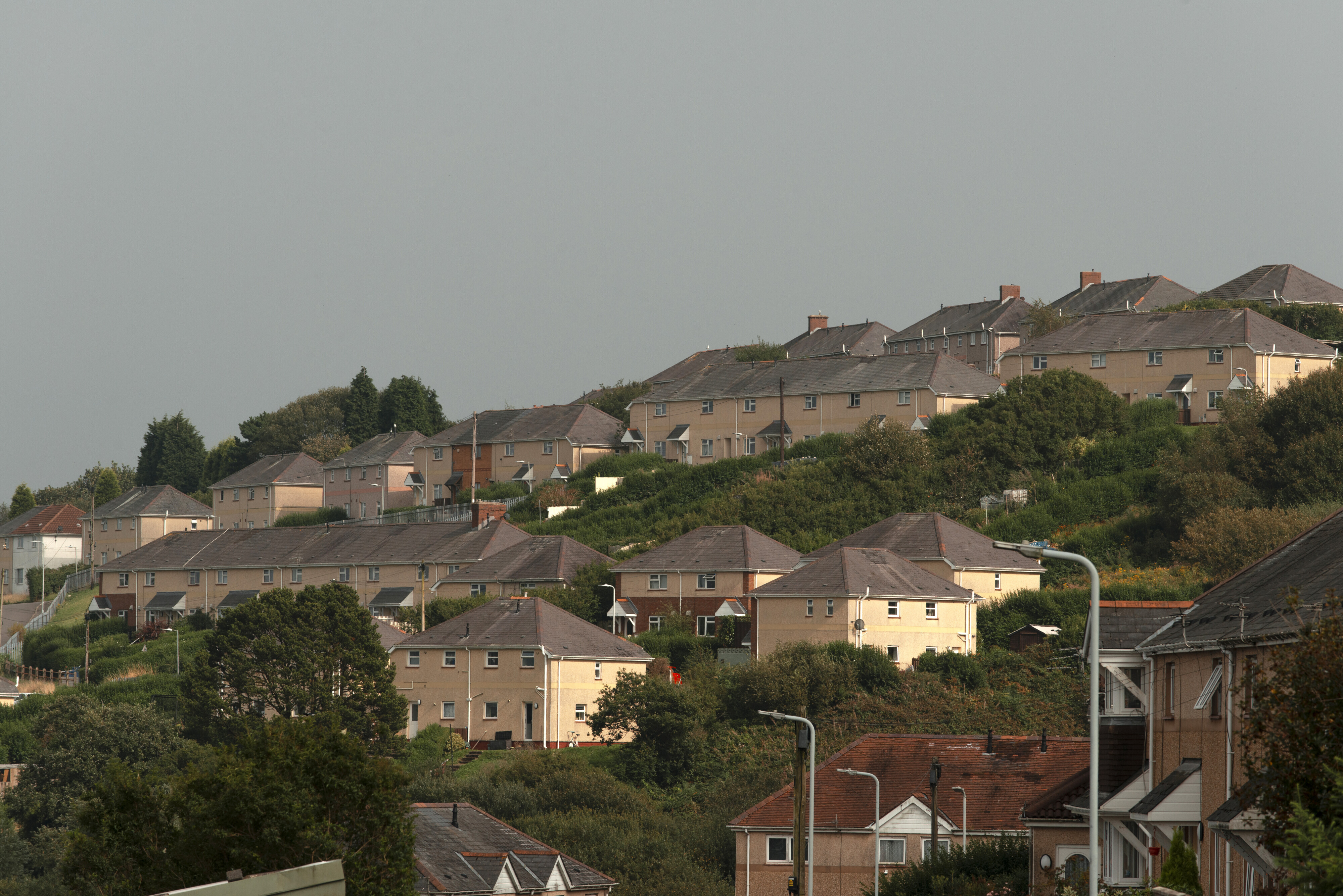
PS
How does this project support the UK’s green transition?
JP
There are 4 million houses that were built between 1920 and 1940 across the UK and 1.4 million of those were built by councils using a set of standard layouts. What we're learning from research into these houses is therefore transferable knowledge. The methods we generate – to make these homes better for current ways of living, healthier for those who live in them and cheaper to run – can easily be replicated across the country. While it is targeted at particular homes, these methods can also be applied to other types of housing too.
PS
What impact do you hope this project will have in the future?
JP
What we really want to do is make sure that what we are learning is getting to the right people. Quite often, research findings just go into a journal article and only reach a small group of people much later. We would like our research to reach the people that need to know it now so that we can make changes sooner. That is why we are working with the sector, trying to have a direct impact in the shorter term, rather than in a couple of years’ time when progress could have already been made.
We are working with several influential organisations to ensure that our findings are implemented; groups like the Healthy Homes Hub, the National Housing Maintenance Forum and local authorities such as Swansea Council, who we have been working with for over a decade. As a result of this partnership, Swansea Council have significantly changed the way they work on their housing stock. Using the data from the monitoring we have been doing, local councils can clearly see what houses were like before our changes, and what they are like now. They can say, “the temperatures were freezing cold before, whereas now we can see that they are consistent because of the insulation”. This kind of clear-cut information enables them to get decision makers on board.
Working with a broad consortium of people on this project has been invaluable. We have got a real range of organisations: people from the Alliance of Sustainable Building Products (ASBP), a manufacturer called SO Modular and a community group called WeCanMake. Having input from these different organisations has strengthened the research because it has become more than an academic project. Although we are working with residents, it is good to sense check with reality and embed practical thinking within research.
Transforming Housing and Homes for Future Generations’ research will be on display as part of the upcoming display Future Observatory: Tools for Transition (12 September 2025 - August 2026) at the Design Museum, London.
